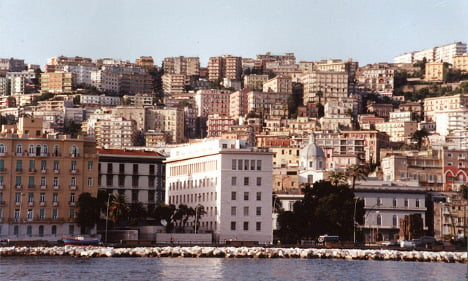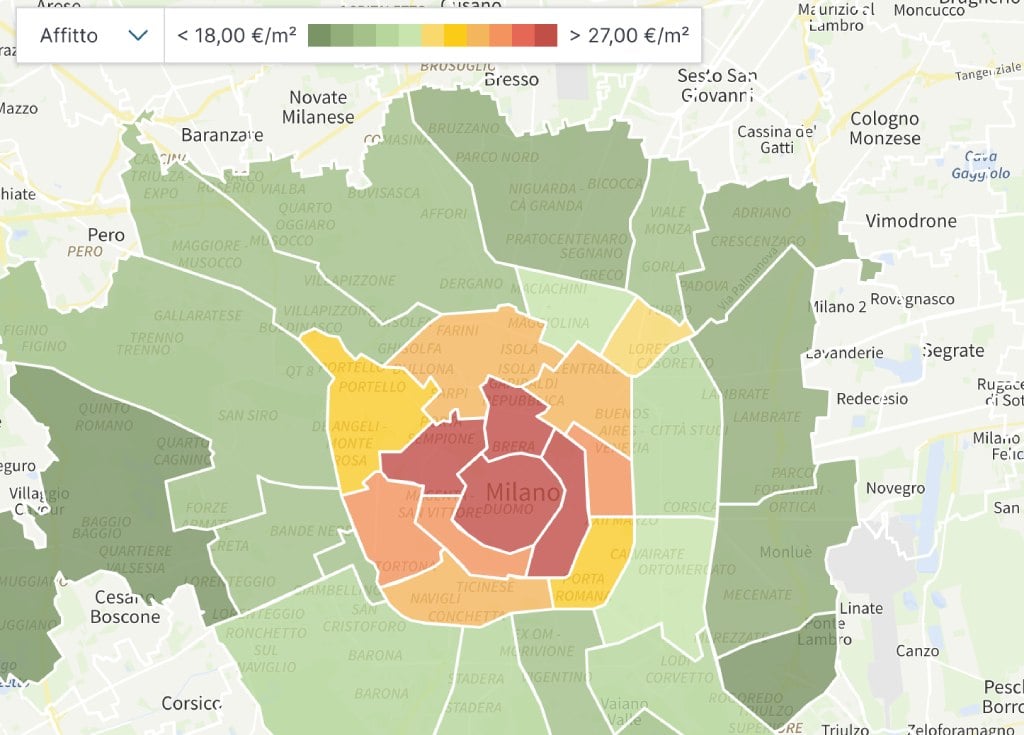If you've been renting in Italy for a while, you'll know that finding a reasonably-priced place to call home is not the easiest of tasks.
So if you've got a sneaking suspicion you're being ripped off, Rentswatch is here to help. You can see how your rent measures up to similar properties near you; just put in your address, the size of your apartment and monthly rent, and it will let you know how you've fared.
But be warned, as the site tells you: “It will be quick, but we can't promise it will be painless.”
Take the test here, if you dare…
If you've yet to begin the flat-hunt, or are just curious about how much your neighbours are paying, the site also provides maps of Rome and Milan (as well as other major European cities), having analyzed the prices of thousands of rental contracts in each city so that you can see which districts come with the heftiest price tag.
First up, Rome. With an average rent of €14 per square metre, it was only the 22nd most expensive city to rent in, with apartments in London (which topped the list) more than twice the price at €30.5 per square metre.
The three priciest areas of the city were the Centro Storico, Cinecittà and Parioli, where rental property will set you back an average of €17.4 per metre squared.
And if you want to save on your rent, live near an airport.
Fiumicino is €11.7 per squared metre, with Centocelle a bargain at €11 – the cheapest rates in the city.
If you live in the northern city of Milan, or are keen to move there, the below map will prove an invaluable guide.
Again, Centro Storico proved most expensive, with the average rental contract setting you back €16.7 per metre squared, closely followed by the area around Milano Centrale train station at €16.5.
Though Milan is more expensive than Rome on average, with the average flat coming in at €14.7 per metre squared compared to Rome's €14, there are still bargains to be had. The Fiera district offers the best deals, with the average rental contract €9.7 per metre squared. The gulf between the most and least costly neighbourhoods means Milan scores lower on Rentswatch's Urban Equality index, ranking 46th compared to Rome's 28th.
So, how does your rent compare? Let us know!





 Please whitelist us to continue reading.
Please whitelist us to continue reading.
Member comments